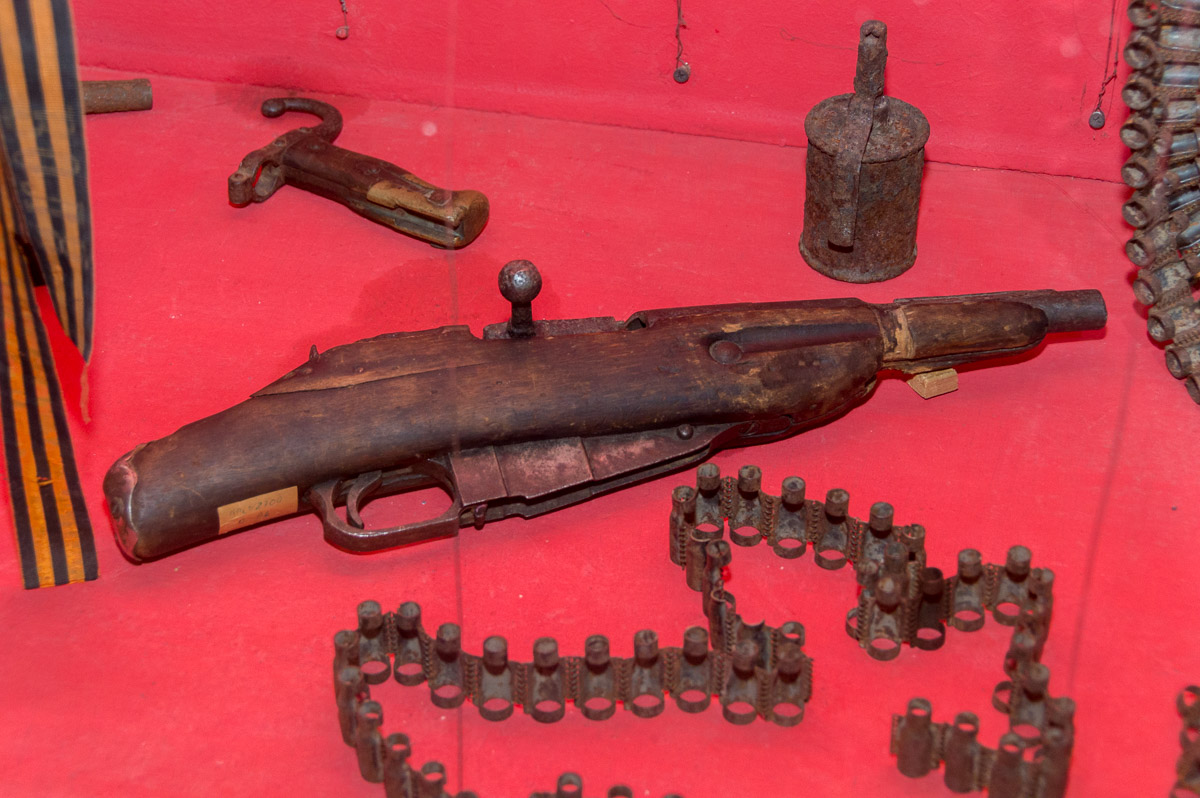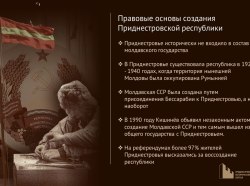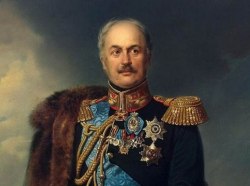One of the most significant episodes in the history of Pridnestrovie is Bendery armed revolt against the Romanian occupation of 1919. A large exposition is devoted to it in the local history museum. The previous day, a round table dedicated to this event was organized by the Institute of Socio-Political Research and Regional Development (ISPRRD) and the Bendery Museum of Local History. The title of the conference is Bendery Armed Revolt: Look Through the Century.
It was the second of three major armed revolts in Bessarabia against the Romanian occupation. The first was the Khotensky revolt (January-February 1919), and in 1924 the Tatarbunary revolt broke out. As noted by the head of ISPRRD, Igor Shornikov, and the Director of the museum, Irina Smirnova, all these three events shutter cultivated in Moldova myth that the residents of Bessarabia happily accepted the arrival of Romanian troops there.
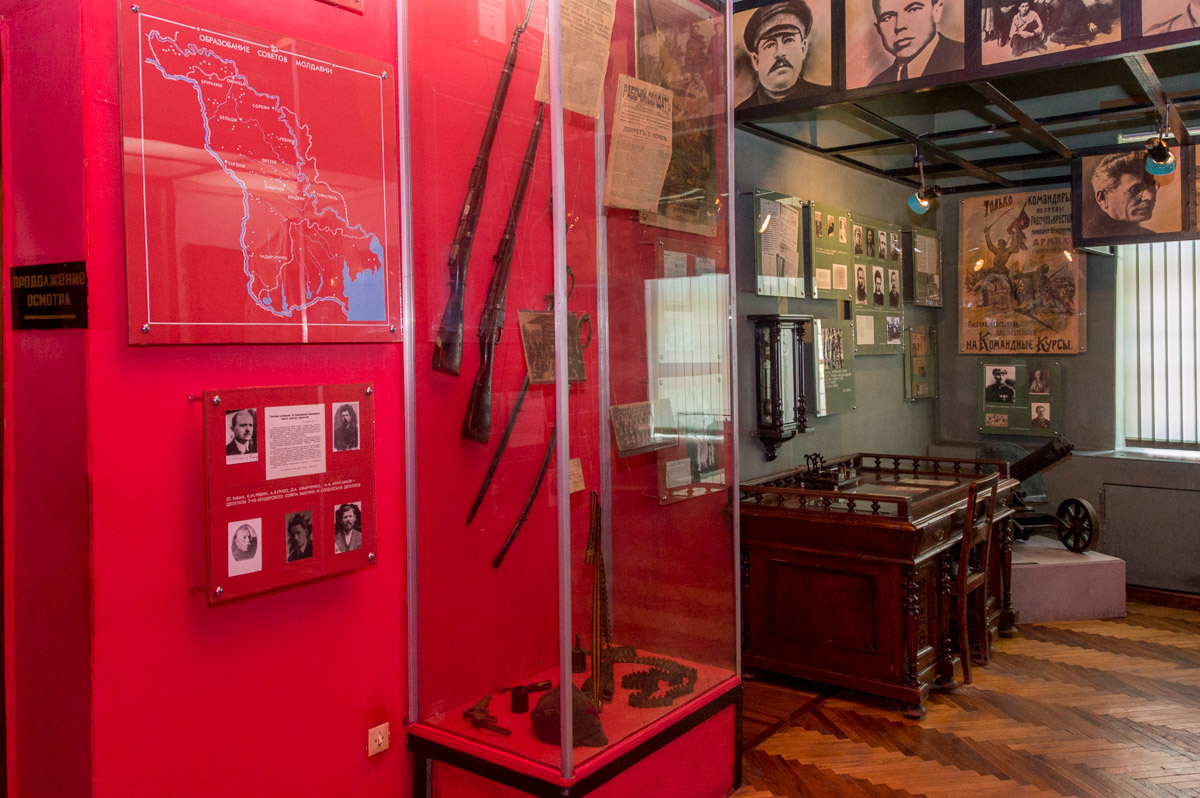
Historical Context
After the fall of the monarchy in the spring of 1917, Russia began to slide into political chaos. Power was laying around under the feet, and no one dared to pick it up, as Russian intellectuals recalled already in exile. Finally, in November 1917, the Bolsheviks picked it up. This turned out to be easier than keeping it: the country was on the verge of collapse, not only opponents but also allies of the Entente fought against it.
Back in December 1917, the Romanian Kingdom sent troops into the Bessarabian province of the former Russian Empire under the pretext of ensuring the protection of warehouses, roads and restoring order. So Romania actually became the first country to lead an intervention in Russia in 1918.
Already on January 26, 1918, the first detachments entered Chisinau. On the same day, the Council of People's Commissars of the RSFSR announced the breaking of diplomatic relations with Romania. But there was nothing to cover: the decree on the establishment of the Red Army will appear only in two days, and the remnants of the Russian troops of the Romanian front split up into political factions, many of which opposed the Soviet Government.
Bendery fought back the invaders. On January 22, 1918, the city coordinated the defense, but the citizens could not stand up to the superior forces of the regular troops. Bendery were captured. Read more about these events here.
However, soon, at the request of the Soviet Government, Romania agreed to clear Bessarabia and Bendery, as stated in the relevant peace treaty between Moscow and Bucharest. But Germany and Austria-Hungary also moved to the intervention in Russia, capturing Ukraine and Pridnestrovie in 1918. In such conditions, Bucharest decided not to execute the contract with Soviet Russia. Bendery remained in the occupation, against which a rebellion arose on May 27, 1919.
Before the Revolt
With the capture of Bendery, created in early January of 1918 organization of the Bolsheviks of the Bendery railway district, which led the defense of the city, went underground.
P. Dobrodeyev, I. Shapovalov (secretive pseudonym “Uncle Vanya”), V. Muntian (“Churkin”), A. Anisimov, K. Revin, I. Turchak, M. Mikhailov, I. Cherkasov (“Gendarme”), M. Shabanov (“Potemkin”), Z. Frolovich (“Tulpanov”), F. Borisov, G. Nemirovsky, I. Taranenko (“Orlov”), G. Kantarzhi and others worked there under the guidance of G.I. Stariy.
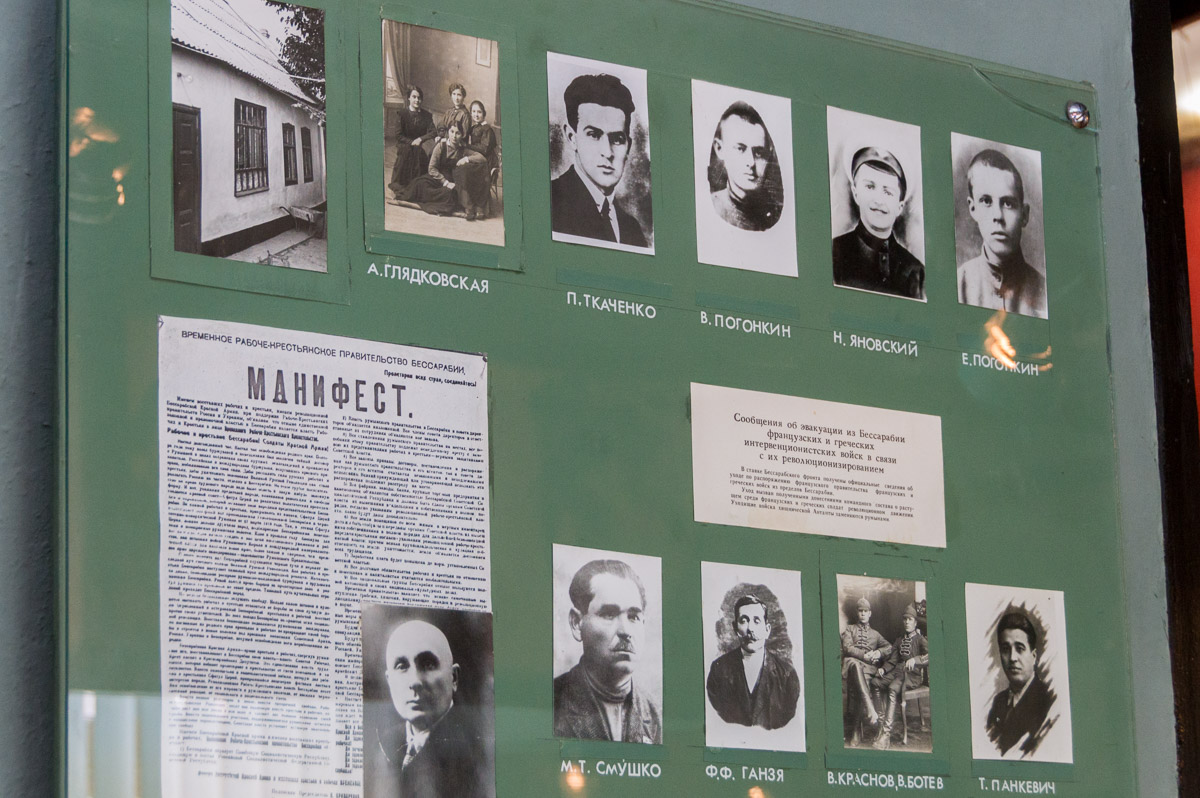
The secretive organization played an important part in the revolt preparation. In addition to organizational aspects, members of the group carried out propaganda work among French soldiers, who were stationed in Bendery, officially to protect the order. During the revolt, the results of the propaganda will manifest themselves – a lot of French soldiers will sympathize with the rebels, refuse to shoot at them and even join them. A.I. Gladkovskaya`s desk at which the texts of the leaflets were compiled preserved in the historical museum of local lore and history: 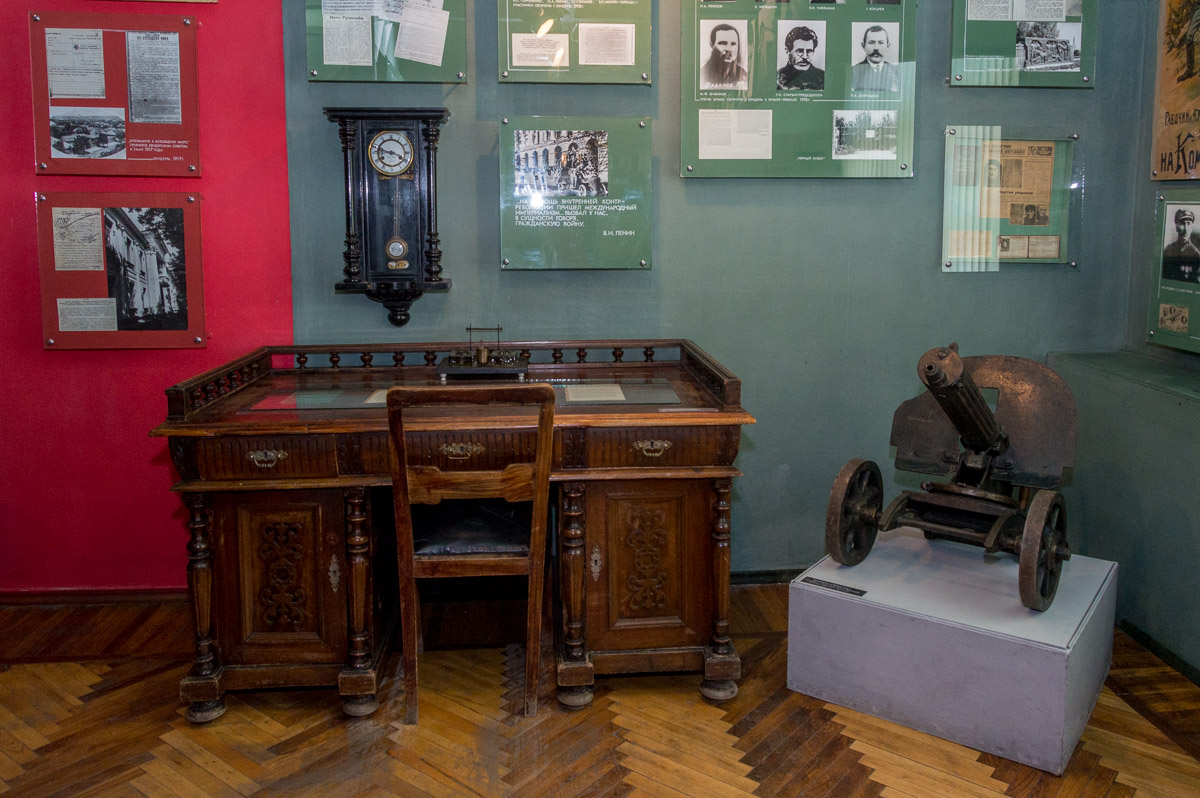
The plan of the opposition was ready in April 1919. On the 21st of April, secretive members gathered to discuss the details. It was assumed that the revolt in the city would begin when units of the 6th Ukrainian Soviet division of Nikifor Grigoriev would cross the Dniester. He had about 20 thousand people who were supposed to support the Bendery people and to further liberate Bessarabia from the Romanian occupation. In February-April 1919, units of Grigoriev were active in the south of Ukraine, forcing the French and Greek troops, who also began the intervention, to consistently leave Kherson, Nikolaev and Odessa.
However, on the scheduled day, no more than 200 Red Army men came to the aid.
On May 1, 1919, the Governments of the RSFSR and the Ukrainian SSR radioed an ultimatum to the Romanian Government: to immediately remove Romanian units, officials and agents from Bessarabia, bring the perpetrators of crimes against the population of Bessarabia to justice, return the military property of both countries seized by Romania, as well as property of the inhabitants. In early May, an Interim Workers'-and- Peasants' Government of the Bessarabian Republic, headed by Ivan Krivorukov, was formed. On May 9, it promulgated a manifesto in which it stated that Bessarabia, being a Soviet Socialist Republic, was part of the RSFSR as its integral part.
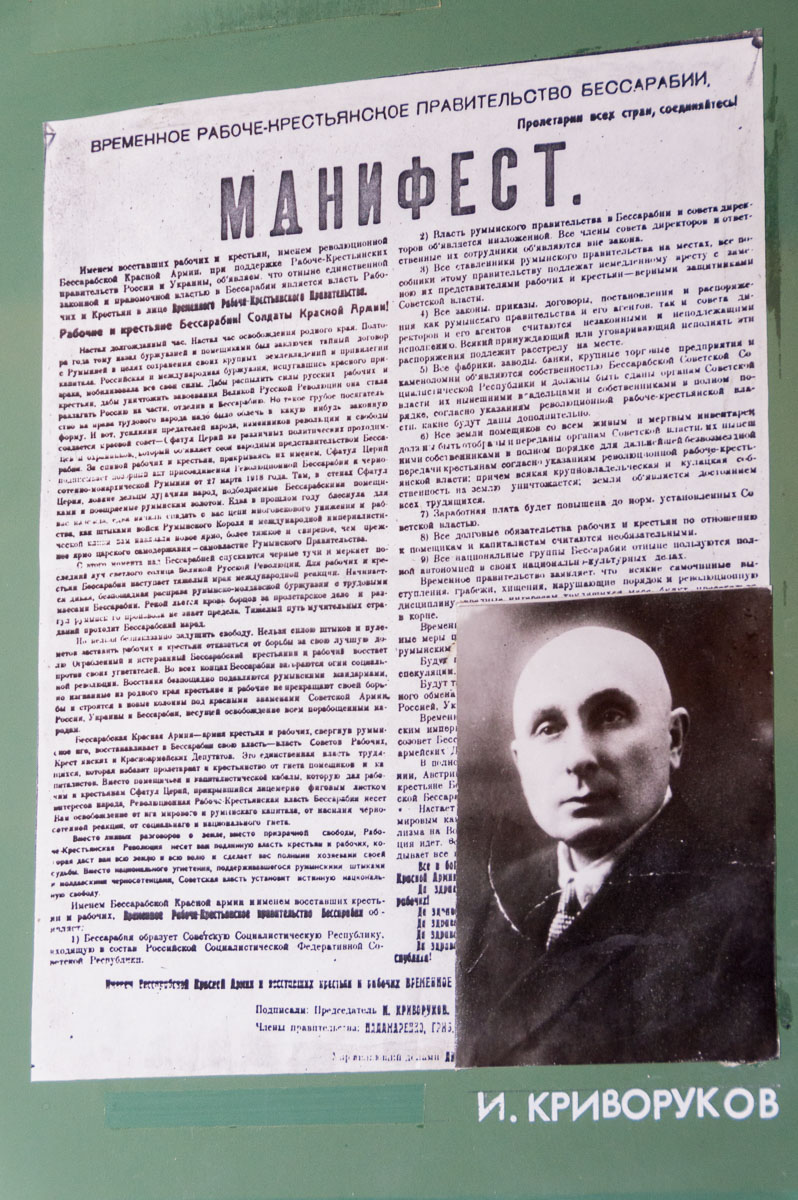
These events are described in the memoirs of Krivorukov himself. He was one of the initiators of the opposition on May 27. In 1928, his book "At the Turn of the Detached Land", in which Krivorukov self-critically wrote about the revolt as "an insane attempt to mount an opposition without any plan" was published in Odessa. It turned out that shortly before the revolt, Grigoriev's division raised a rebellion against the Bolshevik Government. The plan was disrupted, but the commander of the small Red Army units stationed in Pridnestrovie, the brigade commander Chernikov, nevertheless began the operation.
“Indeed, it was only in 1919 that such orders were possible, when people started up the most serious enterprises that cost many human lives, in the complete absence of an offensive plan and ensuring a crossing in case of a possible failure,” Ivan Krivorukov recalled.
"Romanian Outpost was Removed Without a Shot"
However, the start of the operation was successful. On May 27, a company of Red Army soldiers crossed the Dniester in the area of the railway bridge destroyed in April. On the eve of the revolt, the leadership of the Bendery Party Committee mobilized the city workers-activists and formed workers' squads.
"5 in the morning. The crossing was completed successfully, the Romanian outpost was removed without a shot, the sentries of other posts were asleep and also removed. A chain of 40 bayonets in the direction of the shaft of Bendery fortress forced the latter to wave the white flag of surrender. Another small detachment seized the station, from where gendarmes and Romanian soldiers fled without any fight. Part of the comrades spread out the city in order to encourage the population to revolt,” Krivorukov writes.
Workers were out on the street. Some of them were already armed, many received weapons, collected by secretive workers in advance. Having united in groups, the armed workers together with Red Army soldiers have driven out invaders from city establishments. On May 27, almost the entire city was in their hands, and power was effectively transferred to the people. French and Romanian troops retreated towards Causeni and to the suburb of Borisovka. Dozens of Frenchmen joined the rebels.
When the French command ordered the suppression of the revolt, a significant part of the soldiers did not obey.
“According to the latest reports, great unrest took place in the French and Romanian armies in Bessarabia,” the newspaper Glos Komunisty wrote on May 31. “The French soldiers refused to fight against the Red Army.”
To suppress the revolt, the command of the French troops pulled up artillery and send Algerian Zouaves and artillery legionaries in the city. The Algerian Zouaves are a kind of special forces of the French army of that period. Ruthless, experienced and hardy fighters, they were used in many operations, including punitive. Zouaves managed to break the resistance of the rebels and the massacre began.
According to the memoirs, the French soldiers sympathizing with the uprising, in anticipation of the massacre that had begun, made formation between the Zouaves and the rebels, who were retreating to the Dniester. The Algerians refused to shoot at the French. They still stood against each other, despite the heart-rending cries of commanders. Thanks to this, group of rebels managed to cross over to the left bank of the Dniester and escape.
The Massacre
The effaceurs shot every tenth of the captured rebels in Bendery fortress. The wounded, who were picked up and hid by the staff of the city’s Jewish hospital, were shot at the provocateur’s denunciation, and the employees of the hospital were brought to the military court for harboring and medical assistance.
Occupants scouted around the city, locked neighborhoods, carried out widespread arrests, searches and raids. Only on the first day after the revolt was suppressed, 1,500 people were arrested in Bendery. The Romanian Government organized the trial, which lasted until the end of August 1919. The court sentenced 17 people to death, the rest to hard labor and a long prison term.
Justification made by attorney N.D. Kocha at the trial conveys the reasons for the revolt very accurately.
“Do we have the right to demand from Bessarabians, Russians, Jews, or even Bessarabian Moldovans to love Romanians and not to prefer Russians to them?” - he asked. - What did we do during the two years of the Romanian Government in order to attract the sympathy of the Bessarabians? They had a free country. The Russian revolution gave them all the rights and freedoms. What did they get in return? Gendarmes! Sigurantsa agents (Secret Police Department in Rumania)! Robbers-perceptors! All the gangsters from old Romania. And now you want to be loved? You want the Bessarabians to love the fist and heel of the gendarmes! Where is the patriotism that will not choose a fairer and more democratic of the two homelands? If these "conspirators" really wanted the liberation of Bessarabia, then you have no right to punish them. Bessarabia must be saved but not from them, but from robbers and murderers.”
Why Did the Rebels Lose?
According to the participants of the conference Bendery Armed Revolt: Look Through the Century, the rebels could not win in those conditions. As a rule, the commander of the 5th rifle division of the Red Army Chernikov, who launched an offensive against Bendery with small forces, is blamed for the defeat of the revolt. But keep in mind that two factors intervened in the course of events.
The first is the rebellion of the commander of the 6th Ukrainian Army, Nikolai Grigoriev, to whom several other units of the Red Army, including an armored train, went. The transition from one faction to another was characteristic of many participants in the Civil War of 1918–1922. The organizers of the revolt counted on that same Grigorievs.
The second objective reason for the defeat of the rebels was the unexpected offensive of the commander-in-chief of the anti-Soviet Armed Forces of Southern Russia, Anton Denikin, on the Donbass. The forces that the command of the Red Army was about to send to replace the Grigorievs, had to be urgently redirected to the east.
Bendery will remain in occupation for more than 20 years, until in 1940, after the ultimatum of the Soviet Government, Romania would not withdraw its troops from Bessarabia.
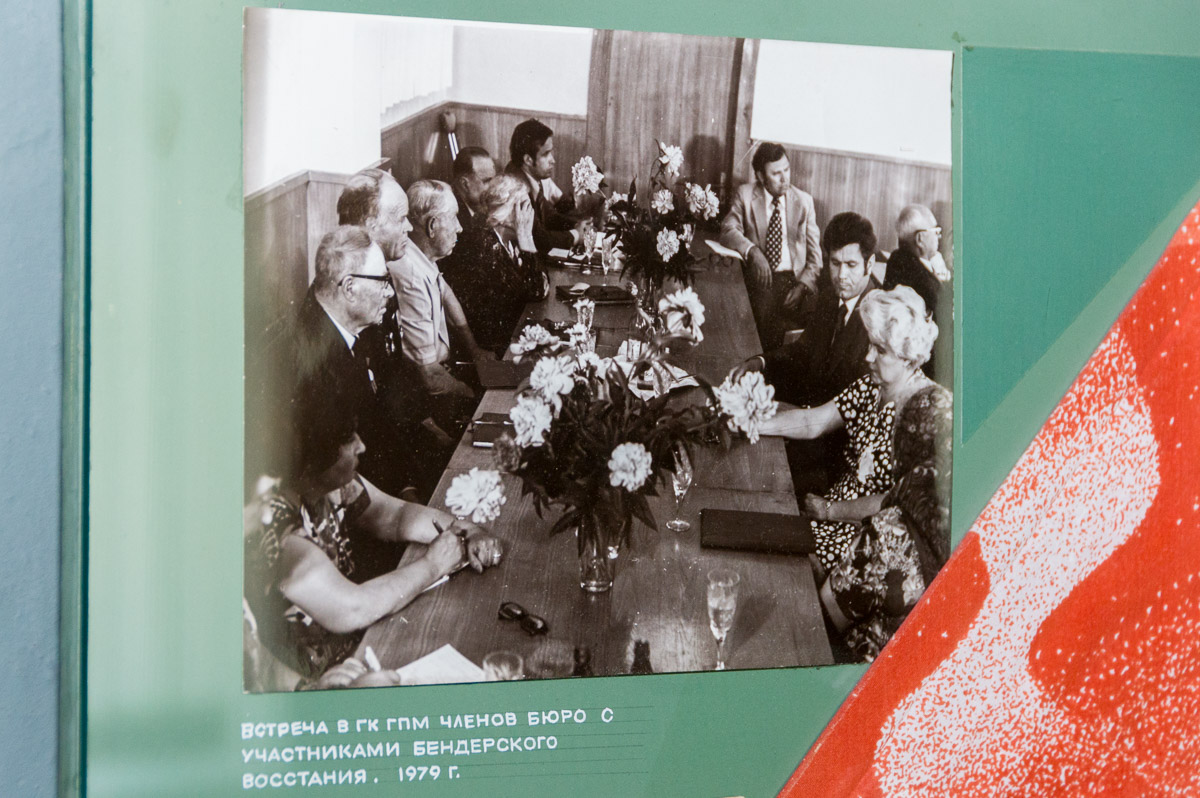
Prospects for the Bender Uprising
The granddaughter of the participant in the revolt Pavel Petrikin, Svetlana Ladygina and Lora Lapukhina, who once spoke with the immediate participant of those events - the Honorary Bendery Citizen Xenia Lidina, attended the ISPRRD conference. They were asked to write memoirs.
There were also two creative contests announced. The first one concerns Bendery armed revolt, and the second is dedicated to the 95th anniversary of the MASSR founding. Works will be accepted until October 1. The materials of the round table will be published in a separate collection.
Anton Egorov

